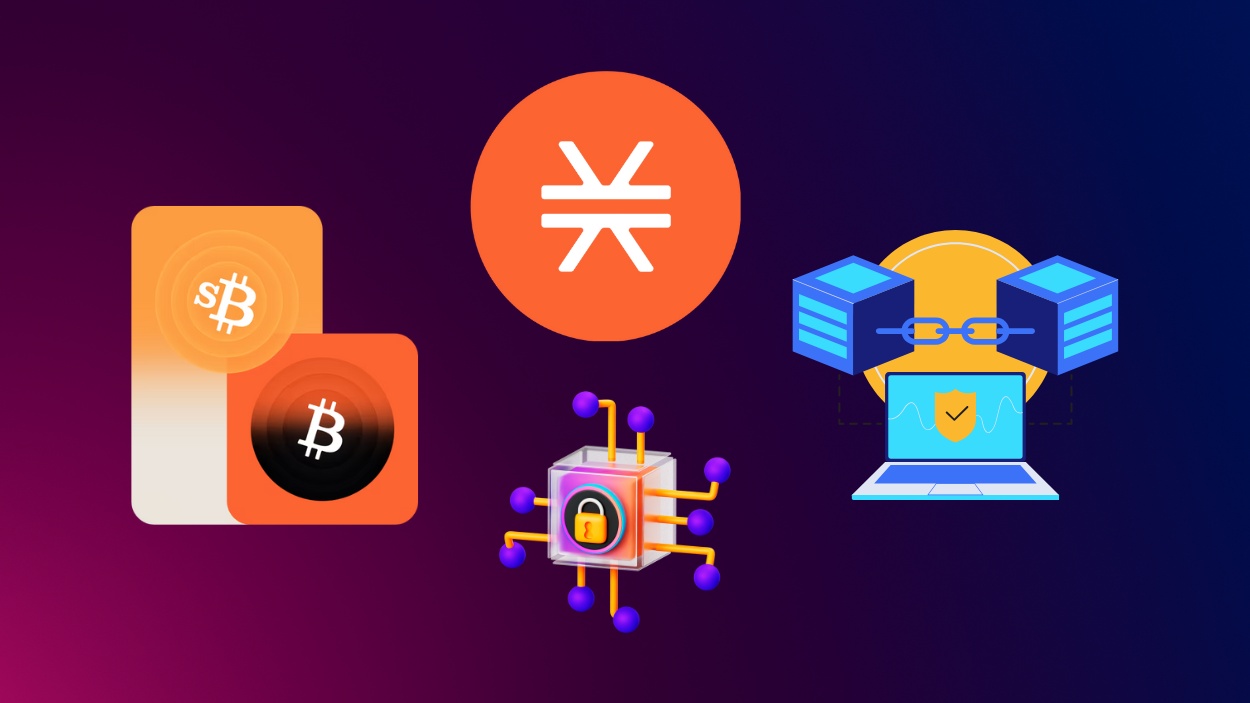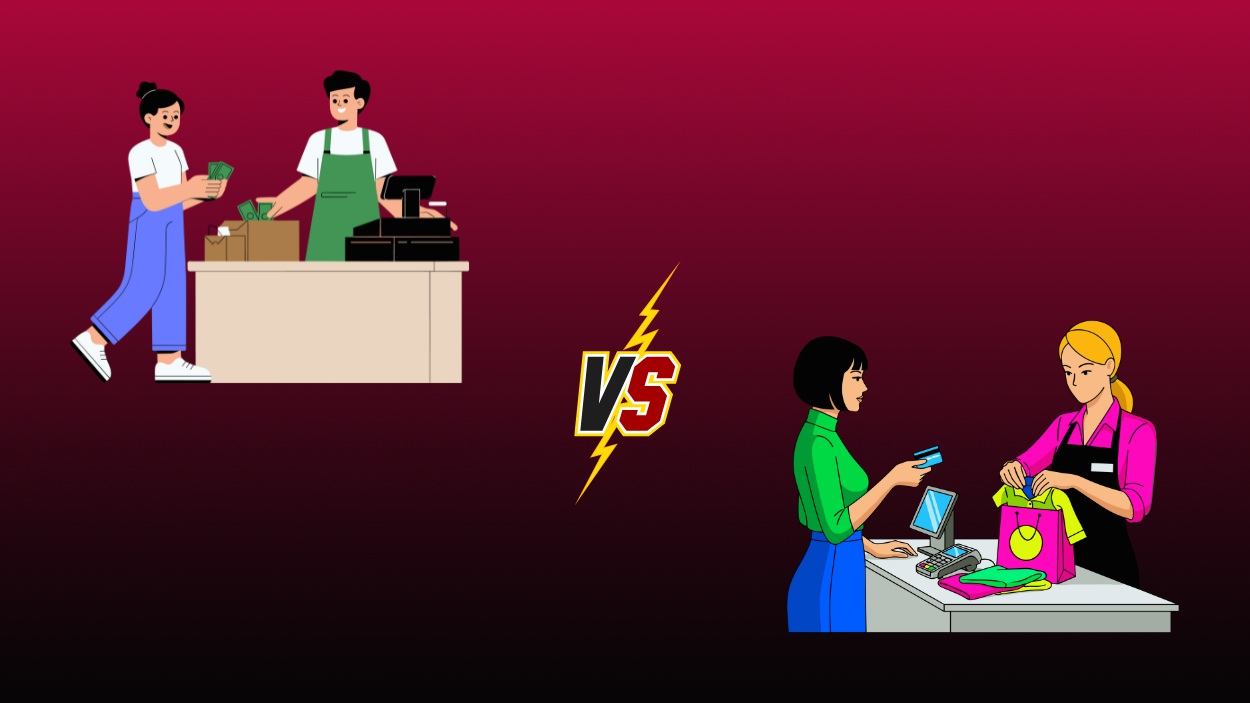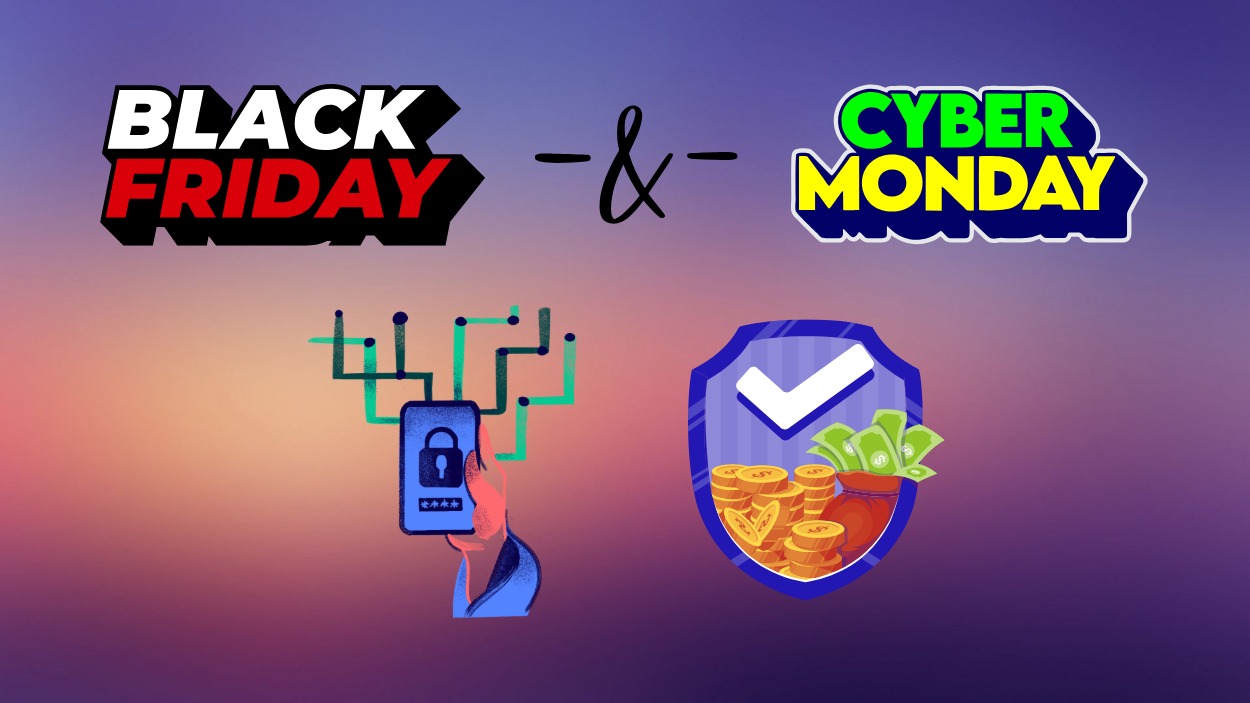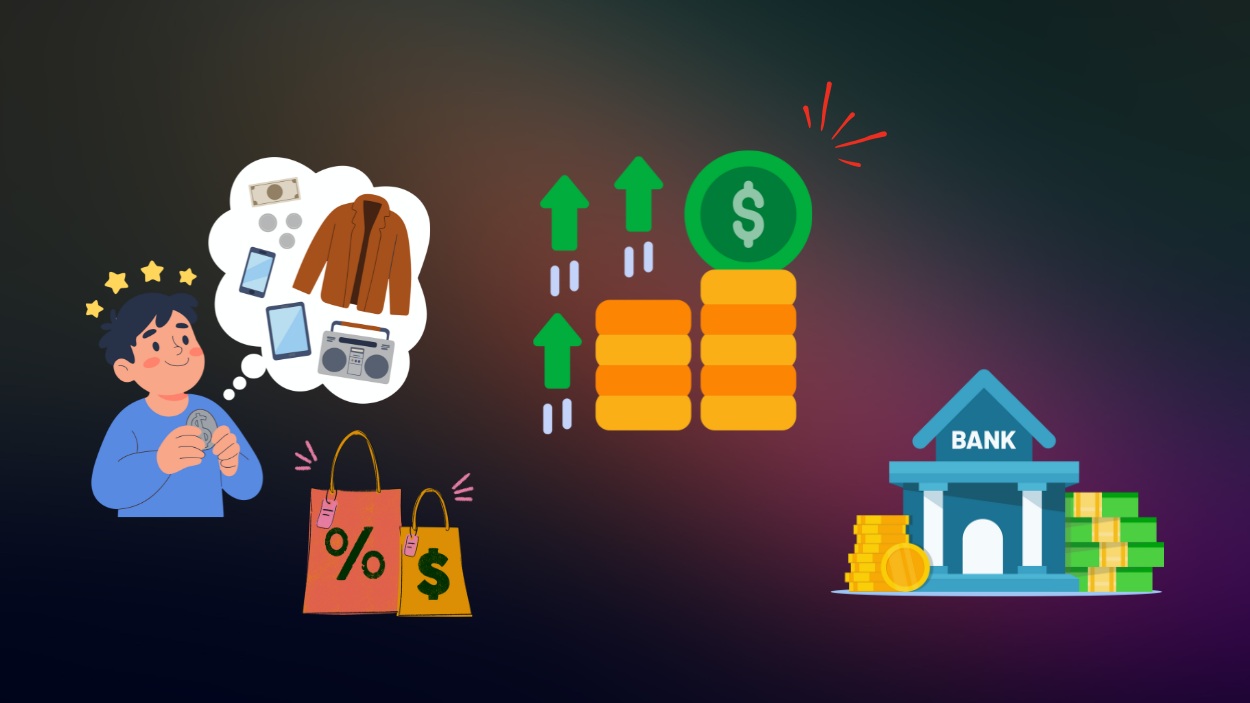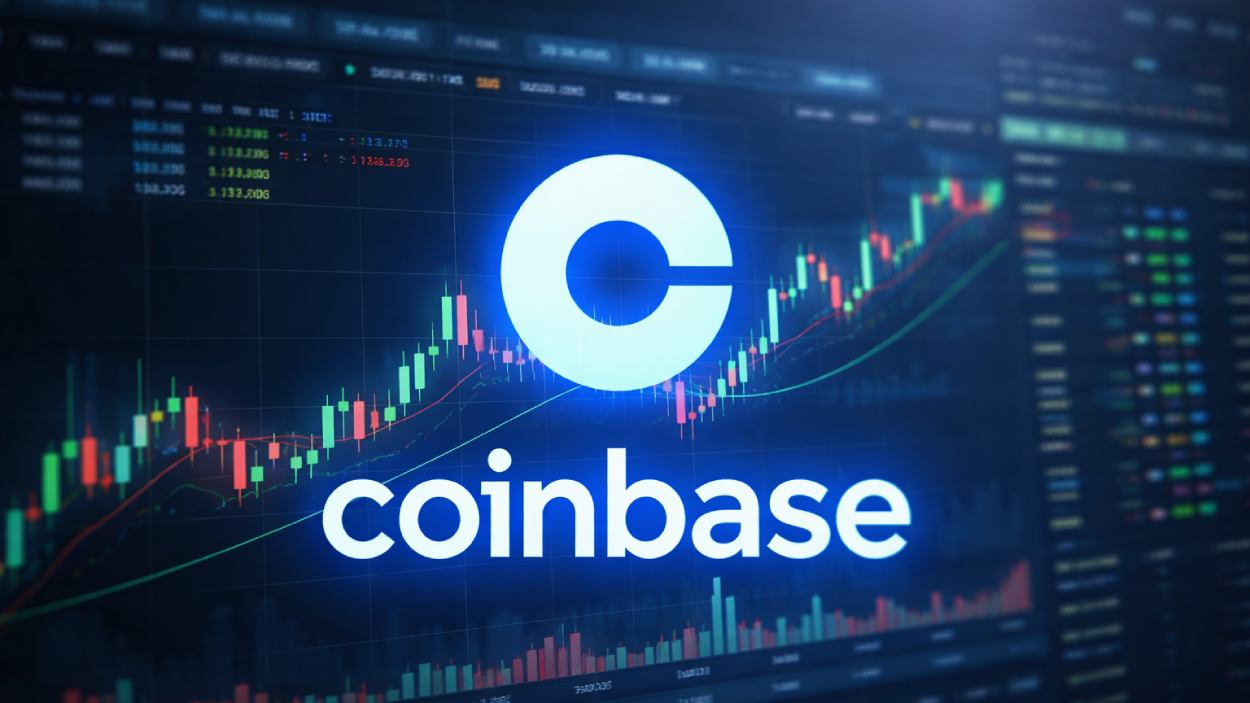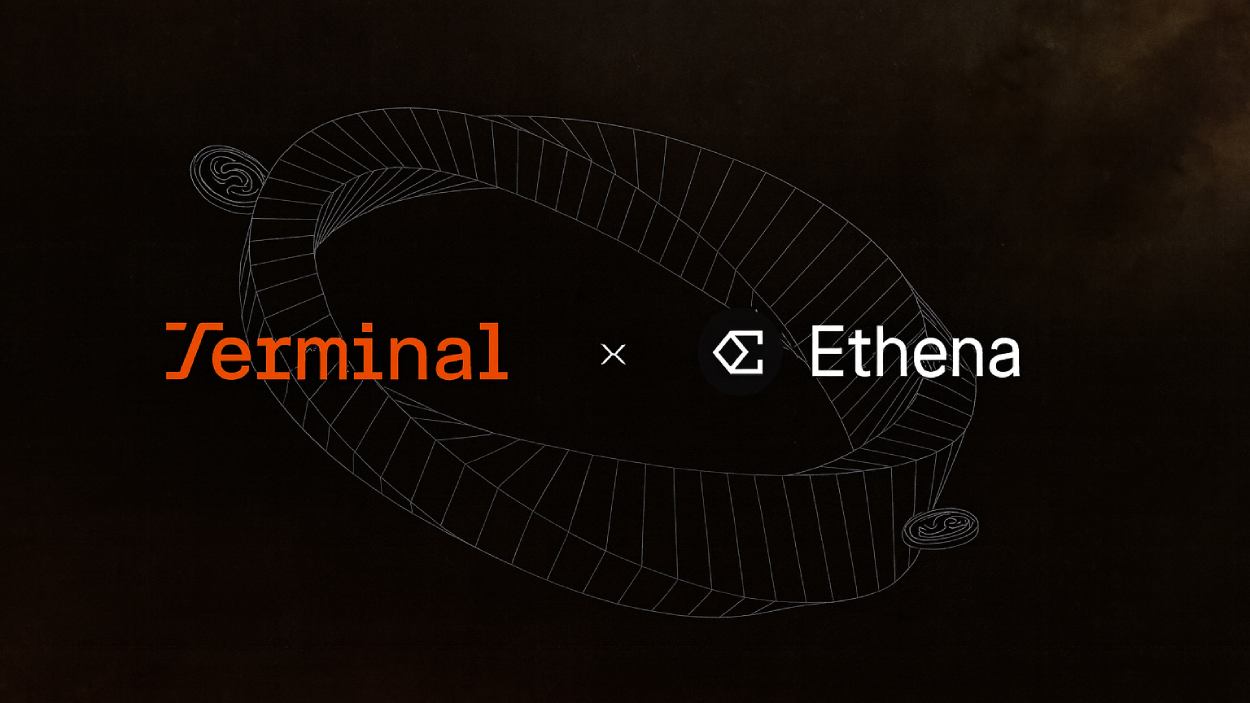Visa, a global leader in digital payments, is a company that continuously shapes the future of money movement. Over the decades, Visa has evolved beyond traditional credit and debit cards to encompass cutting-edge digital payment solutions. Whether you’re tapping a card, scanning your phone, or transacting online, Visa is often behind the seamless transaction. Today, Visa operates in over 200 countries, making it a key player in the global financial ecosystem. With every swipe, tap, or click, Visa empowers individuals and businesses to move money securely, contributing to the growing $7.9 trillion digital payment market.
Editor’s Choice: Key Financial Statistics
- Visa’s Q2 2025 revenue reached $9.6 billion, marking a 9% year-over-year increase.
- The company’s GAAP net income for Q2 2025 was $4.6 billion, while non-GAAP net income stood at $5.4 billion, reflecting a 6% increase from the prior year.
- Operating margin remained strong at approximately 61%, underscoring Visa’s efficiency in managing operational costs.
- The total payment volume processed by Visa networks in Q2 2025 was up 8% year-over-year.
- Visa’s free cash flow for the trailing twelve months stood at $14.75 billion, providing substantial resources for potential investments and shareholder returns.
- In Q2 2025, Visa’s non-GAAP earnings per share (EPS) increased by 10%, reaching $2.76 per share.
- Visa’s stock price closed at approximately $365 per share as of May 17, 2025, demonstrating resilience amidst market fluctuations.
Real-Time Payments (RTPs) Gaining Traction in Southeast Asia
- 73% of consumers say they use RTPs at least once a week.
- Speed and convenience are the top reasons for RTP adoption.
- RTPs are commonly used for donations.
- RTPs are also being used for investments.
- Consumers use RTPs to pay taxes.
- Paying for purchases is another key use case for RTPs.

Market Share
- Visa holds a 52.2% share of the global credit card market, maintaining its lead over competitors like Mastercard and American Express.
- In the debit card segment, Visa’s share is approximately 60%, driven by strong adoption in emerging markets.
- Visa processed over 233.8 billion transactions globally, a 10% increase from the previous year.
- In the United States, Visa commands an overwhelming 52% market share in the card network sector, making it the go-to choice for both merchants and consumers.
- Visa dominates the e-commerce space, with its payment solutions accounting for 90% of all online transactions in 2025.
- Visa’s contactless payment solutions have expanded significantly, capturing 76% of tap-to-pay transactions worldwide.
- The Visa Direct platform, which supports real-time payments, processed approximately 10 billion transactions, marking a 38% growth from the previous year.
Revenue Breakdown
- Service revenues reached $4.4 billion in Q2 2025, marking a 9% year-over-year increase, driven by Visa’s strong presence in international markets.
- Data processing revenues rose to $4.7 billion in Q2 2025, a 10% increase from the previous year, fueled by growing transaction volumes globally.
- International transaction revenues amounted to $3.3 billion in Q2 2025, reflecting a 10% growth year-over-year, underscoring Visa’s extensive cross-border payment capabilities.
- Other revenues, including Visa’s value-added services such as fraud prevention and analytics, brought in $937 million in Q2 2025, a 24% increase from the previous year.
- For the six months ended March 31, 2025, U.S. operations contributed approximately $7.5 billion, accounting for nearly 39% of total revenue.
- International markets generated $11.6 billion in revenue for the same period, with notable contributions from regions like Europe and Asia-Pacific.

Cardholder and Usage
- 4.7 billion Visa cards are in circulation globally as of 2025, accepted at 150 million merchant locations worldwide.
- Visa debit cards account for approximately 1.012 billion of the total, reflecting strong adoption in various markets.
- The average transaction value for a Visa card is $86, highlighting its role in both everyday purchases and larger transactions.
- Visa cardholders make an average of 500 transactions per year, indicating high user engagement.
- Contactless transactions represent 76% of all Visa card payments globally in 2025.
- Visa’s mobile payment adoption has surged, with 500 million Visa cards linked to mobile wallets worldwide.
- Visa’s prepaid cards have seen a 13.9% year-over-year increase in usage, especially popular among younger users and for international travel.
Visa Card Transaction Value Trends in the US (2022–2026)
- 2022: Visa card transaction value reached $5.827 trillion, marking a massive 11.9% growth.
- 2023: Value increased slightly to $6.044 trillion, with a more moderate 3.7% growth.
- 2024: Transaction value hit $6.390 trillion, showing a 5.7% annual increase.
- 2025: Growth picked up again with a 7% increase, reaching $6.837 trillion.
- 2026: Transaction value is projected to rise to $7.377 trillion, with a significant 7.9% jump.

Technological Developments and Innovations
Visa has always been at the forefront of payment technology, continuously evolving to meet the demands of the digital age:
- Visa has invested $3.3 billion over the past decade in AI and data infrastructure, introducing new AI-powered risk and fraud prevention solutions in 2025.
- The Visa Tokenization Service now covers 50% of global eCommerce transactions, enhancing security and reducing fraud.
- Visa has partnered with Bridge to launch stablecoin-linked Visa cards in Latin America, enabling cryptocurrency payments at over 150 million merchant locations.
- VisaNet, the company’s global processing network, can handle 65,000 transaction messages per second, ensuring secure and rapid payments worldwide.

- The Fintech Fast Track program has expanded to support over 2,000 fintechs globally, providing resources to accelerate their growth.
- Visa Tap to Phone technology has experienced a 200% year-over-year growth, now active in 118 markets worldwide.
- Visa is enhancing biometric authentication, integrating it into more payment experiences to improve security and user convenience.
Security and Fraud Prevention
- Visa’s advanced AI systems prevented over $40 billion in fraud attempts, showcasing the company’s commitment to securing its payment network.
- The newly established Scam Disruption Practice thwarted more than $350 million in attempted fraud, employing cutting-edge technology and proactive strategies.
- Visa Advanced Authorization, leveraging artificial intelligence, analyzes over 400 risk attributes in real-time to detect potential fraud, aiding in the prevention of approximately $25 billion in annual fraud.
- The global fraud rate for Visa transactions remains impressively low, maintained at below 0.1%, reflecting the robustness of Visa’s security infrastructure.
- Adoption of biometric payment cards, enhanced with fingerprint sensors, is projected to reach 20.6 million by 2025, indicating a growing trend towards secure and convenient payment methods.
- Visa’s zero liability policy continues to protect its 4.7 billion cardholders worldwide, ensuring they are not held responsible for unauthorized transactions.
- The CyberSource Risk Manager platform, part of Visa’s suite of fraud prevention tools, assists over 450,000 merchants globally in detecting and preventing fraud in real-time, enhancing overall transaction security.
How Generative AI Is Transforming Spending, Shopping, and Banking
- 3 in 4 consumers are aware of Generative AI and recognize its value in banking and retail.
- 71% of people showed interest in trying out Generative AI tools, indicating strong consumer curiosity and openness.
- Generative AI helps reduce fraud risk by detecting and preventing fraudulent transactions more effectively.
- It also shortens processing times for various banking transactions, improving the user experience.
- AI can provide financial advice that’s accessible anytime, enhancing 24/7 financial support.
- It can also handle banking inquiries more quickly and efficiently, improving customer service outcomes.

Recent Developments
- Visa finalized the acquisition of European open banking platform Tink for $2.2 billion, strengthening its position in the open banking sector.
- Visa’s cross-border payment volumes surged by 13% year-over-year in Q2 2025, driven by the rebound in international travel and commerce.
- The Visa Direct platform enhanced its real-time payment capabilities, enabling funds to be available in U.S. bank accounts within 1 minute starting April 2025.
- Visa partnered with stablecoin infrastructure startup Bridge to launch stablecoin-linked Visa cards, allowing customers in Latin America to make everyday purchases with cryptocurrency.
- Visa’s Sustainability Solutions Program, including the Visa Eco Benefits offering, helps businesses track their carbon emissions and offers tools for carbon offsetting.
- Visa is preparing to roll out quantum-safe encryption technologies in 2025 to enhance the security of its global network against future cyber threats.
Conclusion
Visa’s commitment to innovation, security, and growth positions it as a global leader in the evolving financial ecosystem. From expanding its reach in emerging markets to investing heavily in technology, Visa continues to shape the future of payments. With a vast cardholder base, cutting-edge technologies, and a dedication to secure transactions, Visa is set to remain at the forefront of the payment industry for years to come.









